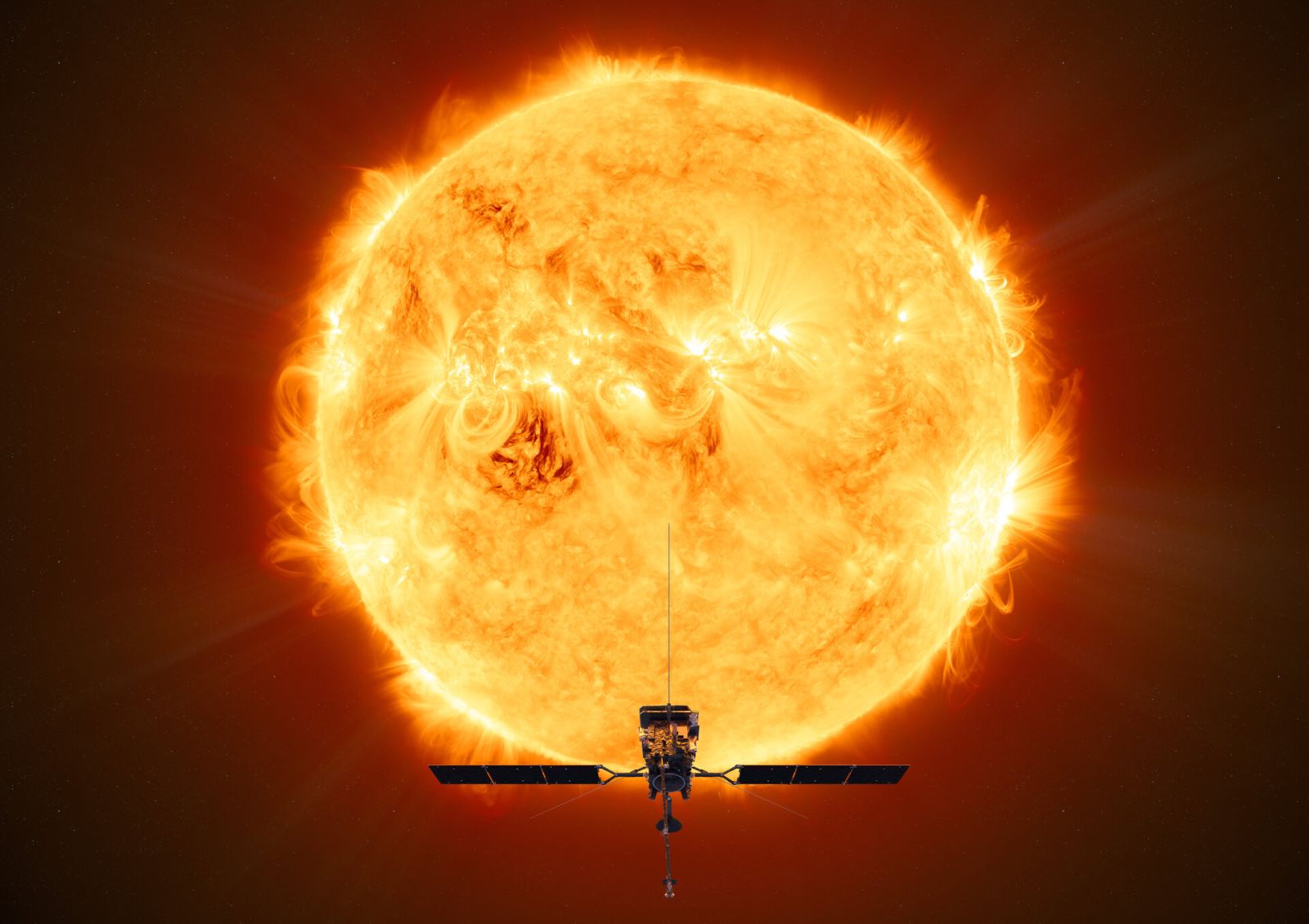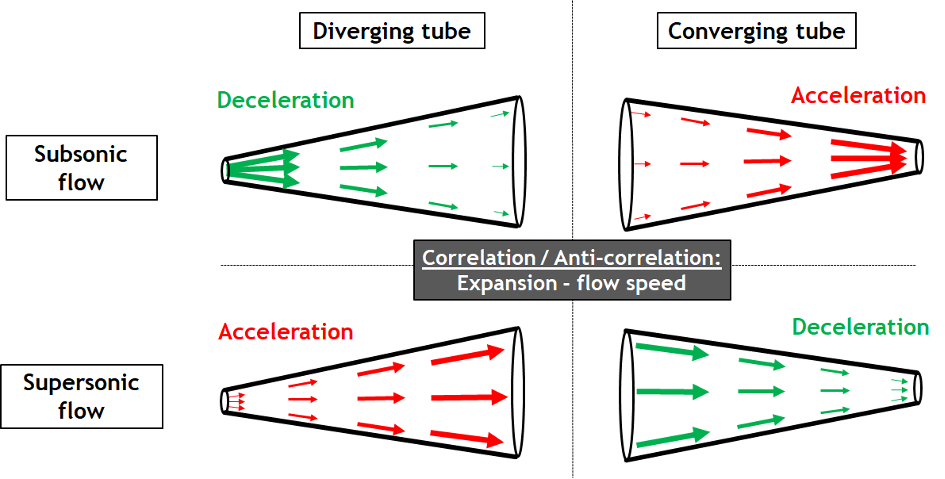Follow us on Google News (click on ☆)

ESA image.
By analyzing data from the Solar Orbiter mission, a CNRS Earth & Universe research team (see box) has identified this fast solar wind with unexpected properties. The results challenge many assumptions about solar wind acceleration mechanisms.
It all begins in the Sun's lower atmosphere where "open" magnetic field lines outline flux tubes that serve as conduits for the solar wind. As we move away from the Sun, these tubes gradually widen.
However, this expansion of open field lines is much stronger in the upper solar corona, due to the disappearance with altitude of so-called "closed" field lines - whose two ends are anchored to the Sun's surface - and whose absence leaves large "empty" regions in the solar atmosphere that are filled by open field lines: this is called super-expansion.
Until now, scientists considered this phenomenon solely as a factor for strong solar wind deceleration, mainly because widening the diameter of a flow slows down the fluid speed within it, naturally leading to slow wind - without considering it could play a role in accelerating fast solar wind.

And yet... By estimating the origin of solar wind observed by Solar Orbiter over a year and a half period, the existence of fast wind coming from these regions with very strong expansion has been clearly demonstrated. To explain this phenomenon, researchers propose a hypothesis: the Laval nozzle effect could be at work in the formation of this newly observed type of fast wind.
This discovery opens new perspectives, both for our fundamental understanding of the formation and acceleration mechanisms of fast solar winds and for improving prediction models. These models play a crucial role in anticipating solar flare evolution which, during periods of high solar activity, can seriously disrupt Earth's magnetic field and our telecommunications.